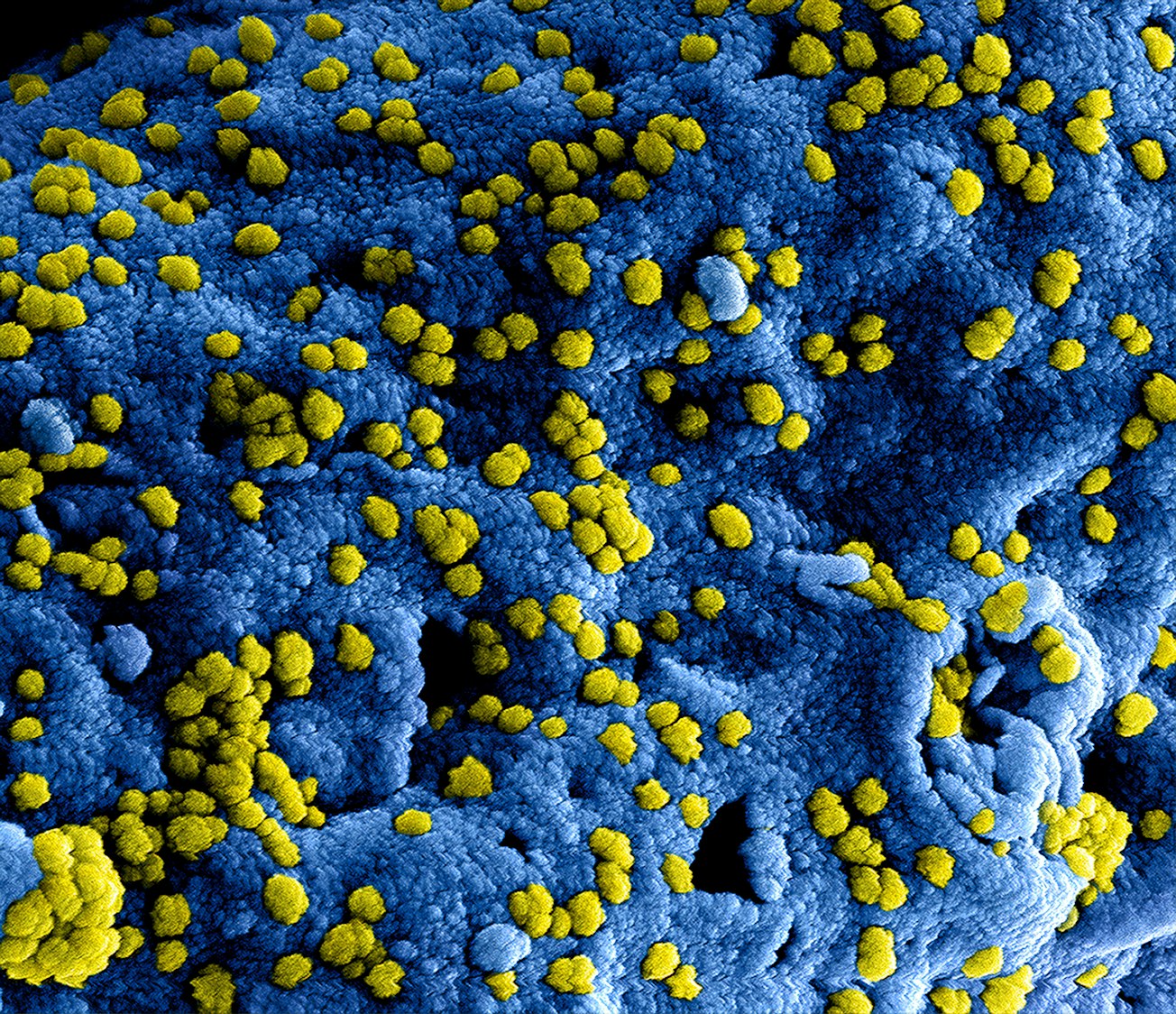What is it about?
It has been proven that the ZIKA virus persists in the conjunctiva of an infected person. However it was unknown whether the virus will continue to persist after the first week of infection. This paper describes the methods and results of a test which proves the presence of ZIKA virus in conjunctival fluid of convalescence patients (even after 30 days).
Featured Image

Photo by CDC on Unsplash
Why is it important?
The outbreak of the ZIKA virus has resulted in a widespread epidemic around the world. The ZIKA virus, found in conjunctival fluid of patients in late convalescent phase of infection, is infectious. Transmission of ZIKA virus is hence possible via contact with ocular discharge of these patients, increasing the number of people at risk of infection.
Perspectives
We know that one can get adenoviral infection from touching someone's tears if they have red eyes. It is not known if viruses other than these common ones can be transmitted this way. The rapid spread of ZIKA virus has prompted further research and discovery into the impact of this virus on humans. Upon discovery, it has been found that the spectrum of those at risk may be wider than we think.
Prof Louis Tong
National University of Singapore
Read the Original
This page is a summary of: Persistence of Zika virus in conjunctival fluid of convalescence patients, Scientific Reports, September 2017, Springer Science + Business Media,
DOI: 10.1038/s41598-017-09479-5.
You can read the full text:
Contributors
The following have contributed to this page







